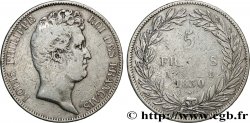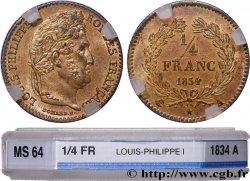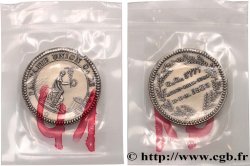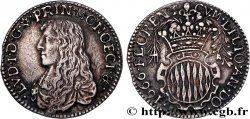Live auction - fme_372437 - LUDWIG PHILIPP I Médaille de visite d’Ahmad Pasha bey à Paris
Sie müssen angeschlossen sein und von cgb.fr genehmigt werden, um in einer E-Auktion teilzunehmen.Melden Sie sich an, um zu wetten..Die Kontobestätigungen sind innerhalb von 48 Stunden nach Ihrer Anmeldung gemacht.Warten Sie nicht bis die letzten zwei Tage vor dem Abschluss eines Verkaufs, um Ihre Registrierung abzuschließen. Klickend "BIETEN" verpflichten Sie sich vertraglich, diesen Artikel zu kaufen und Sie nehmen ohne Reserve die allgemeinen Verkaufsbedingungen für den live auctions zu cgb.fr an.
Der Verkauf wird an der Zeit auf der Übersichtsseite angezeigt geschlossen werden. Angebote, die nach der Schließung Zeit empfangen sind, werden nicht gültig.
Bitte beachten Sie, dass die Fristen für die Einreichung Ihres Angebots auf unsere Server können variieren und es kann zur Ablehnung Ihres Angebots entstehen, wenn es in den letzten Sekunden des Verkaufs gesendet wird. Die Angebote sollen mit ganzer Zahl ausgeführt sein, Sie können Kommas oder des Punktes in Ihrem Angebot nicht erfassen. Bei Fragen klicken Sie hier, um einen Blick auf die FAQ Live-Auktionen.
Alle Gewinngebote unterliegen einem Aufschlag von 18 % für Verkaufskosten.
Alle Gewinngebote unterliegen einem Aufschlag von 18 % für Verkaufskosten.
| Schätzung : | 1 500 € |
| Preis : | Kein Gebot |
| Höchstgebot : | Kein Gebot |
| Verkaufsende : | 30 Januar 2018 16:56:20 |
Type : Médaille de visite d’Ahmad Pasha bey à Paris
Datum: 1846
Name der Münzstätte / Stadt : Tunisie
Metall : Bronze
Durchmesser : 75 mm
Stempelstellung : 12 h.
Graveur FEART Adrien
Gewicht : 135 g.
Rand lisse
Seltenheitsgrad : R3
Kommentare zum Erhaltungszustand:
Superbe médaille avec une belle patine sombre
Vorderseite
Titulatur der Vorderseite LÉGENDES EN ARABE.
Beschreibung Vorderseite Tête de Ahmad Pasha bey, à droite ; couronne de fleurs en listel.
Rückseite
Beschreibung Rückseite Légendes en arabe sur fond floral ; couronne de fleurs en listel.
Kommentare
En mai 2014, un exemplaire similaire proposé par Inumis a été vendu 2500€ + frais sur un prix de départ de 500€ à Drouot.
Médaille signée A. FEART SC 1846 au droit sous le buste et ADRIEN FAERT dans la couronne de fleurs / FEART au revers.
Ahmed Ier Bey, né le 2 décembre 1806 à Tunis et mort le 30 mai 1855 à La Goulette, est bey de Tunis de la dynastie des Husseinites de 1837 à sa mort.
Ce voyage a lieu en novembre 1846 et le roi Louis-Philippe réserve au bey une réception splendide à laquelle celui-ci est très sensible. Ce voyage, au cours duquel Ahmed Bey voit beaucoup de choses, renforce le souverain dans ses projets d'imiter les nations européennes. Un article paru en 1897 dans La Revue tunisienne décrit ainsi l'effet qu'a eu cette visite sur la volonté modernisatrice du bey :
« Parmi toutes les merveilles qu'il eut l'occasion d'admirer, son esprit demeura plus particulièrement frappé par les ingénieuses applications du génie industriel ; il conçut dès lors le noble projet de tirer l'industrie indigène hors de la routine où elle était plongée en l'encourageant à entrer dans la voie du progrès et de doter son pays d'établissements spéciaux, armés des moyens de production dont les avantages économiques lui avaient été révélés. »
La visite du bey en France, organisée par son conseiller Giuseppe Raffo avec le consul de France, et le fait que le pays le reçoit avec les honneurs réservés habituellement à un souverain indépendant déplaît aux autorités de l'Empire ottoman car le bey reste, du moins théoriquement, sous la suzeraineté du sultan..
In May 2014, a similar example offered by Inumis was sold for €2,500 + fees from a starting price of €500 at Drouot..
Medal signed A. FEART SC 1846 on the obverse under the bust and ADRIEN FAERT in the wreath of flowers / FEART on the reverse.
Ahmed I Bey, born on December 2, 1806 in Tunis and died on May 30, 1855 in La Goulette, was Bey of Tunis of the Husseinite dynasty from 1837 until his death..
This trip took place in November 1846 and King Louis-Philippe gave the Bey a splendid reception, to which he was very touched.. This trip, during which Ahmed Bey saw many things, reinforced the sovereign in his plans to imitate the European nations.. An article published in 1897 in La Revue Tunisienne describes the effect this visit had on the Bey's desire to modernize: \\\"Among all the marvels he had the opportunity to admire, his mind was particularly struck by the ingenious applications of industrial engineering; he then conceived the noble project of pulling indigenous industry out of the routine in which it was immersed by encouraging it to enter the path of progress and to provide his country with special establishments, equipped with the means of production whose economic advantages had been revealed to him.\\\". » The Bey's visit to France, organized by his advisor Giuseppe Raffo with the French consul, and the fact that the country received him with the honors usually reserved for an independent sovereign displeased the authorities of the Ottoman Empire because the Bey remained, at least theoretically, under the suzerainty of the Sultan..
Médaille signée A. FEART SC 1846 au droit sous le buste et ADRIEN FAERT dans la couronne de fleurs / FEART au revers.
Ahmed Ier Bey, né le 2 décembre 1806 à Tunis et mort le 30 mai 1855 à La Goulette, est bey de Tunis de la dynastie des Husseinites de 1837 à sa mort.
Ce voyage a lieu en novembre 1846 et le roi Louis-Philippe réserve au bey une réception splendide à laquelle celui-ci est très sensible. Ce voyage, au cours duquel Ahmed Bey voit beaucoup de choses, renforce le souverain dans ses projets d'imiter les nations européennes. Un article paru en 1897 dans La Revue tunisienne décrit ainsi l'effet qu'a eu cette visite sur la volonté modernisatrice du bey :
« Parmi toutes les merveilles qu'il eut l'occasion d'admirer, son esprit demeura plus particulièrement frappé par les ingénieuses applications du génie industriel ; il conçut dès lors le noble projet de tirer l'industrie indigène hors de la routine où elle était plongée en l'encourageant à entrer dans la voie du progrès et de doter son pays d'établissements spéciaux, armés des moyens de production dont les avantages économiques lui avaient été révélés. »
La visite du bey en France, organisée par son conseiller Giuseppe Raffo avec le consul de France, et le fait que le pays le reçoit avec les honneurs réservés habituellement à un souverain indépendant déplaît aux autorités de l'Empire ottoman car le bey reste, du moins théoriquement, sous la suzeraineté du sultan..
In May 2014, a similar example offered by Inumis was sold for €2,500 + fees from a starting price of €500 at Drouot..
Medal signed A. FEART SC 1846 on the obverse under the bust and ADRIEN FAERT in the wreath of flowers / FEART on the reverse.
Ahmed I Bey, born on December 2, 1806 in Tunis and died on May 30, 1855 in La Goulette, was Bey of Tunis of the Husseinite dynasty from 1837 until his death..
This trip took place in November 1846 and King Louis-Philippe gave the Bey a splendid reception, to which he was very touched.. This trip, during which Ahmed Bey saw many things, reinforced the sovereign in his plans to imitate the European nations.. An article published in 1897 in La Revue Tunisienne describes the effect this visit had on the Bey's desire to modernize: \\\"Among all the marvels he had the opportunity to admire, his mind was particularly struck by the ingenious applications of industrial engineering; he then conceived the noble project of pulling indigenous industry out of the routine in which it was immersed by encouraging it to enter the path of progress and to provide his country with special establishments, equipped with the means of production whose economic advantages had been revealed to him.\\\". » The Bey's visit to France, organized by his advisor Giuseppe Raffo with the French consul, and the fact that the country received him with the honors usually reserved for an independent sovereign displeased the authorities of the Ottoman Empire because the Bey remained, at least theoretically, under the suzerainty of the Sultan..







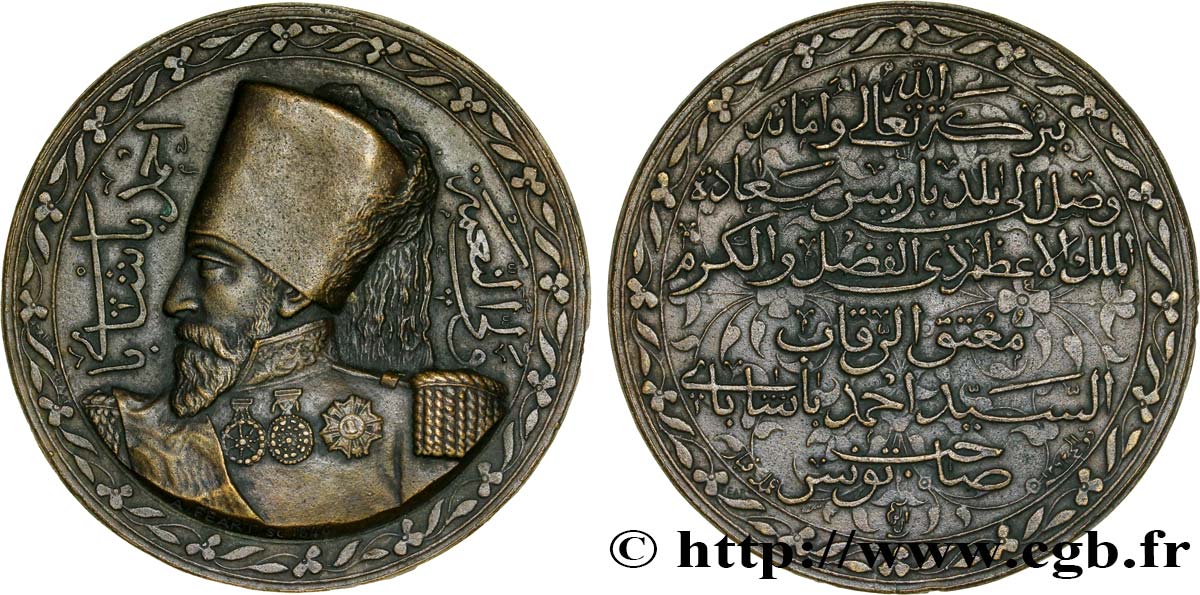
 Berichten über einen Fehler
Berichten über einen Fehler Die Seite drucken
Die Seite drucken Teilen meiner Auswahl
Teilen meiner Auswahl Stellen Sie eine Frage
Stellen Sie eine Frage Einlieferung/Verkauf
Einlieferung/Verkauf
 Details
Details

